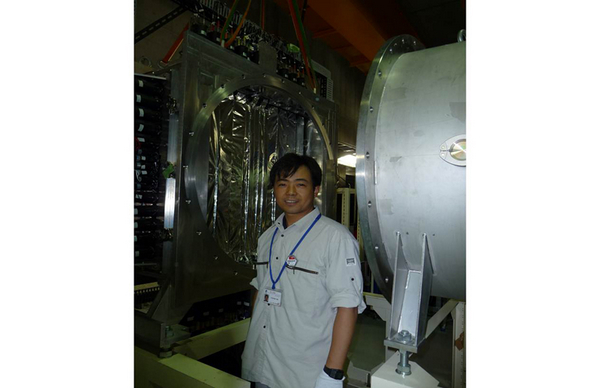Prof. Yu-Gang Ma who has made significant contributions to RHIC-STAR TOF detector upgrade and the subsequent discoveries of anti-helium 4 and anti-hypertritonas well as nuclear liquid-gas phase transition in heavy-ion collisions was among those recently named Fellow of the American Physical Society (APS), the world's second-largest organization of physicists. Election to APS Fellowship is limited to no more than one half of one percent of its membership in a given year, and election for this honor indicates recognition by scientific peers for exceptional contributions to physics.

Citation for Yu-Gang Ma’s APS fellow reads:
“For a leadership role in the construction of the MRPC Time-of-Flight detector for STAR collaboration, the subsequent discoveries of anti-helium 4 and anti-hypertriton at RHIC, and significant contributions to studies of nuclear liquid-gas phase transition in intermediate energy heavy-ion collisions.”
Ma received his Ph.D. degree in July 1994 from Shanghai Institute of Nuclear Research (which is now renamed as Shanghai Institute of Applied Physics), Chinese Academy of Sciences. He was promoted to be a full professor in December 1994 at SINAP shortly after graduation. In 1996-1997, he visited LPC-Caen, France as a Wang Kuan Cheng Fellow. He has been a visiting scholar in many institutions in the US and Europe.Prof. Yu-Gang Ma serves as a chief scientist of a 973 National Basic Research Development Program. He is the leader of a NSFC Innovation Team. He was awarded the NSFC Distinguished Young Scholar Foundation grant in 1997. He has won many prizes including the second national prize for natural sciences in 2001, first Shanghai prize for natural sciences in 2014 and second Shanghai prize for natural sciences in 2008, second CAS prize for natural sciences in 2007 and young scientist award of Chinese Academy of Sciences in 1999. He has published over 500 research papers on refereed journals.

